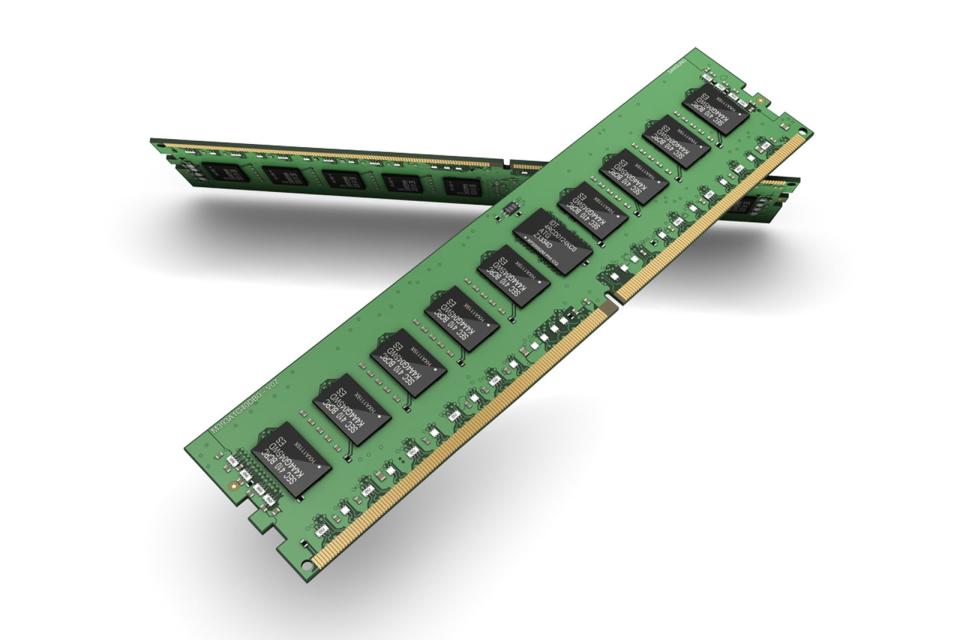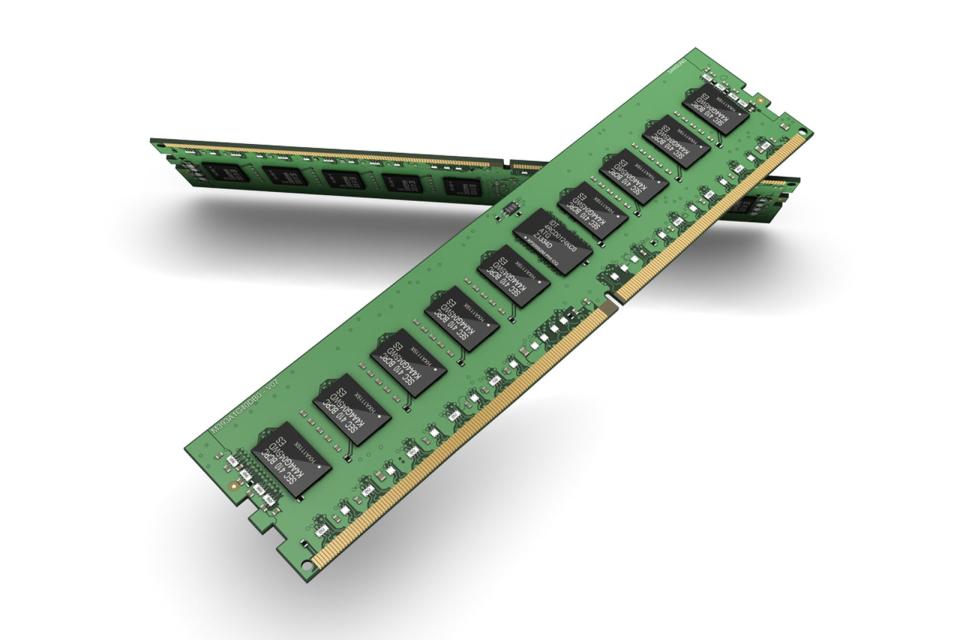Engadget has been testing and reviewing consumer tech since 2004. Our stories may include affiliate links; if you buy something through a link, we may earn a commission. Read more about how we evaluate products.
Samsung is first to ship RAM produced with extreme ultraviolet tech
EUV should break performance barriers.
Samsung just reached an important milestone in memory for PCs and mobile devices. The tech firm has shipped the first million 10nm-grade DDR4 DRAM modules based on an extreme ultraviolet process. The next-gen lithography technique should help Samsung get past barriers in DRAM scaling, allowing for better performance, shorter development time and better yields (that is, fewer bad chips). Don't be surprised if your next computer or phone has fewer memory bottlenecks.
You shouldn't expect to see EUV-based memory everywhere for a while. Samsung won't have another factory for this until the second half of 2020, and it doesn't expect to start mass production of speedier DDR5 memory until sometime in 2021. This is more of a peek at the future of RAM than an immediately appreciable upgrade.

 Yahoo Finance
Yahoo Finance 

